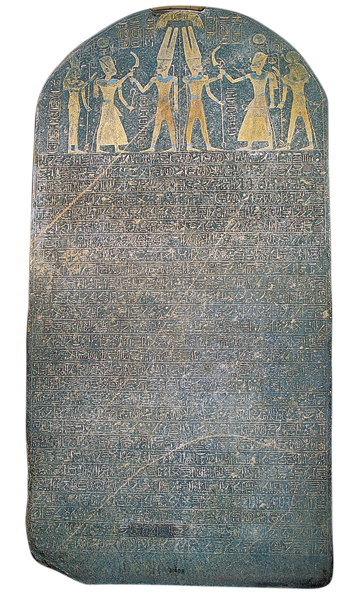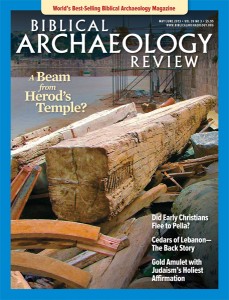
Merneptah is well known to BAR readers as the pharaoh who set up a stela (or stele) that contains the earliest undisputed reference to Israel. But he has been in the news again lately thanks to the enormous size of his sarcophagus.
Merneptah generally doesn’t seem as popular or flashy as his father, Ramesses II (Ramesses the Great), often identified as the pharaoh of the Exodus, or even his grandfather Seti I, another great builder, but the late-13th-century B.C. Merneptah Stele piqued the interest of Biblical historians when part of the hieroglyphic inscription was deciphered to read, “I laid waste to Israel; his seed is not.” This boastful hyperbole located a people (not a state or city) called Israel in the land of Canaan right when the Bible says the Israelites were settling there.
Now that Merneptah’s outer sarcophagus (he was buried in four nested stone sarcophagi) is being reconstructed at the Royal Ontario Museum in Toronto, it is clear that his burial boxes were far more elaborate than both his father’s and his grandfather’s—each of whom were buried in a single travertine (limestone) sarcophagus. Merneptah’s mummy was encased in an inner travertine sarcophagus as well as two additional stone sarcophagi before being placed in the outer, red granite box measuring 13 feet long, 7 feet wide and more than 8 feet high—the largest royal sarcophagus known from ancient Egypt.
Already a library member? Log in here.
Institution user? Log in with your IP address.

